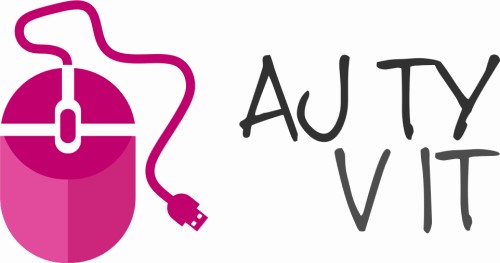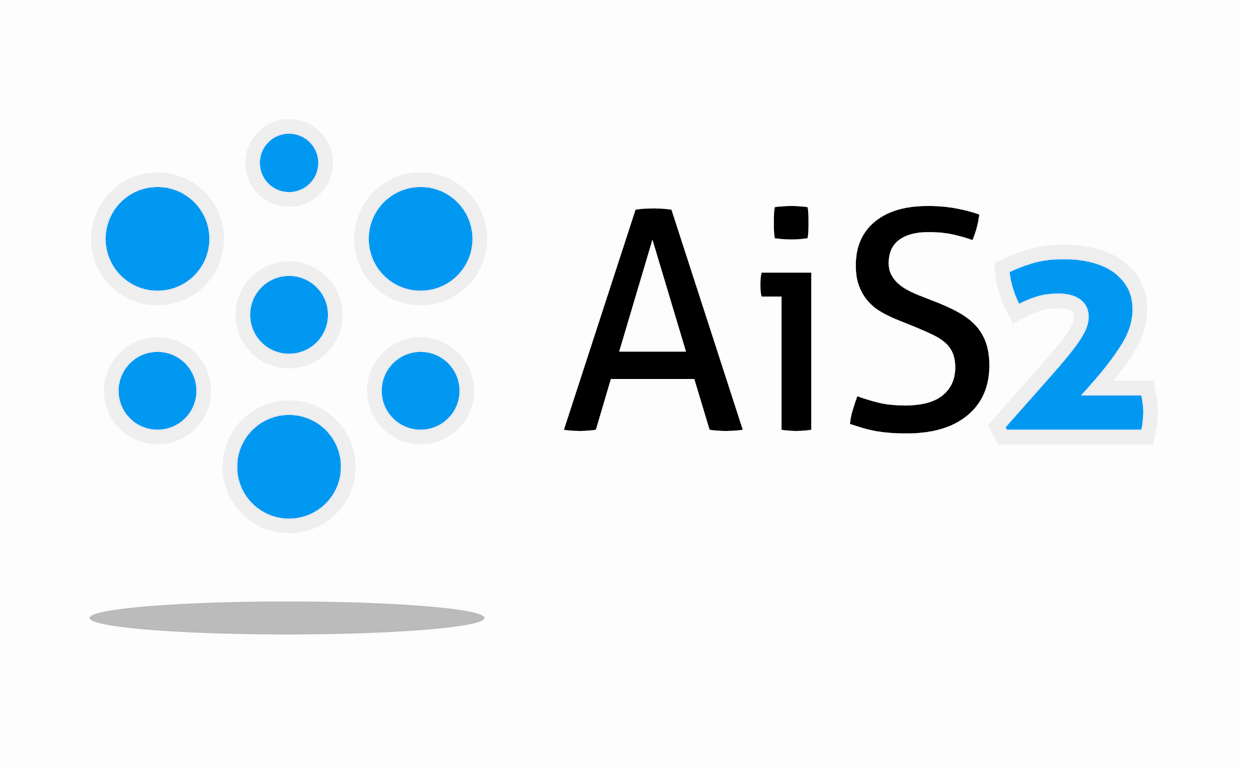The laboratory focuses on various aspects of human perception and cognition. We investigate how the brain analyzes and interprets complex auditory and visual stimuli that our senses extract from the surrounding environment. In our research, we use behavioral experiments, computational modeling, and neural imaging. The basic science that we perform has many applications in fields such as hearing aids, auditory displays, human-computer interaction, virtual environments, and machine perception.
Researchers
- Norbert Kopčo (head of the laboratory)
- Gabriela Andrejková
- Beáta Tomoriová
- Eleni Vlahou
- René Šebeňa
Research infrastructure
The laboratory is equipped with sound attenuating booth and with various devices for presentation and recording of auditory stimuli (audio processor, multichannel soundcards and amplifiers, set of 24 loudspeakers, variety of headphones and microphones), with systems for tracking human behavior (eye-tracker, electromagnetic position tracker), for measuring brain activity (64-channel EEG system) and with PCs and laptops with software for preparation and performing behavioral experiments and for data collection and analysis.
Selected papers
- Hládek, Ľ., Tomoriová, B., & Kopčo, N. (2017). Temporal characteristics of contextual effects in sound localization. The Journal of the Acoustical Society of America, 142(5), 3288–3296. https://doi.org/10.1121/1.5012746
- Kopčo, N., Andrejková, G., Best, V., & Shinn-Cunningham, B. (2017). Streaming and sound localization with a preceding distractor. The Journal of the Acoustical Society of America, 141(4), EL331–EL337. https://doi.org/10.1121/1.4979167
- Josupeit, A., Kopčo, N., & Hohmann, V. (2016). Modeling of speech localization in a multi-talker mixture using periodicity and energy-based auditory features. The Journal of the Acoustical Society of America, 139(5), 2911–2923. https://doi.org/10.1121/1.4950699
- Kopčo, N., Marcinek, Ľ., Tomoriová, B., & Hládek, Ľ. (2015). Contextual plasticity, top-down, and non-auditory factors in sound localization with a distractor. The Journal of the Acoustical Society of America, 137(4), EL281–EL287. https://doi.org/10.1121/1.4914999
Projects and grants
- SPACI: Plasticity of spatial processing in normal and cochlear implant hearing (APVV – DS 2016 – EU Danube Region Strategy & The Slovak Research and Development Agency; 01/2017-12/2018).
- TINNET: An Action for Better Understanding the Heterogeneity of Tinnitus to Improve and Develop New Treatments (European research network funded by the COST program under the Action number BM1306).
- Dynamic processes in spatial hearing: Experiments, modeling, and analytical tools (Vedecka grantova agentura MS Slovak Rep. VEGA 1/1011/16, 2016-18).
- ALT – Adaptation, learning and training for spatial hearing in complex environments (EU Horizon 2020 MSCA-RISE-2015 program).
- University Science Park Technicom TECHNICOM (EU Structural Funds, OP Research and Development, 2013-16).
Collaboration
- Auditory Neuroscience Lab, Boston University
- Hearing Research Center, Department of Speech, Language and Hearing Sciences, Boston University
- Neural Basis of Perception Laboratory, Center for Cognitive Neuroscience, Duke University
- Sensory Learning Lab, University of California, Riverside
- Cognitive Neuroimaging Group, Harvard Medical School – Martinos Center for Biomedical Imaging, Massachusetts General Hospital
- Department of Pathological Physiology, Charles University, Prague
- Acoustics Research Institute, Vienna
Related links

![[]](/images/photogallery/19318/IMAG1509.jpg)
![[]](/images/photogallery/19318/IMAG1510.jpg)
![[]](/images/photogallery/19318/IMAG1518.jpg)
![[]](/images/photogallery/19318/IMAG1902.jpg)
![[]](/images/photogallery/19318/IMAG1912.jpg)








